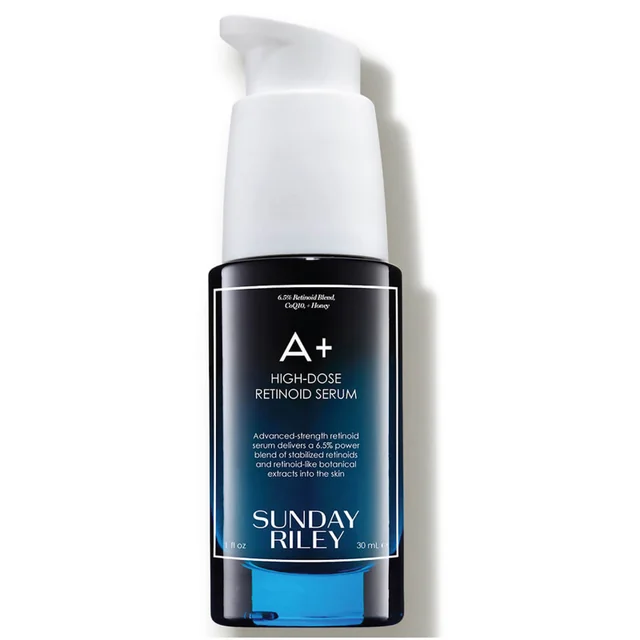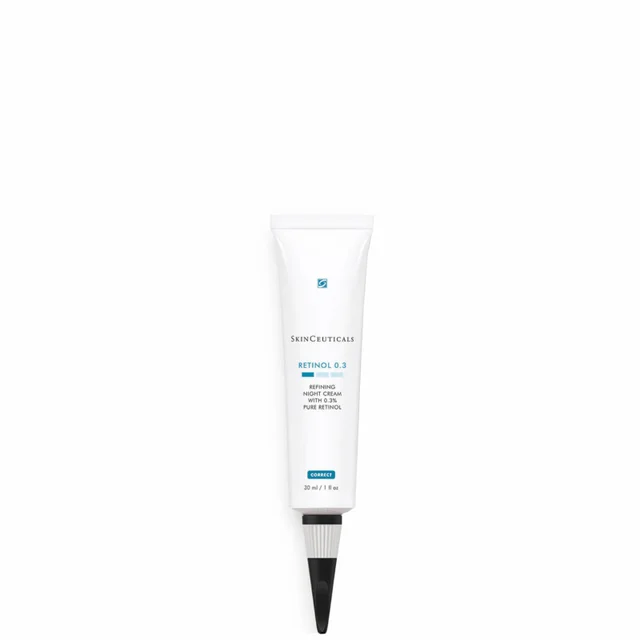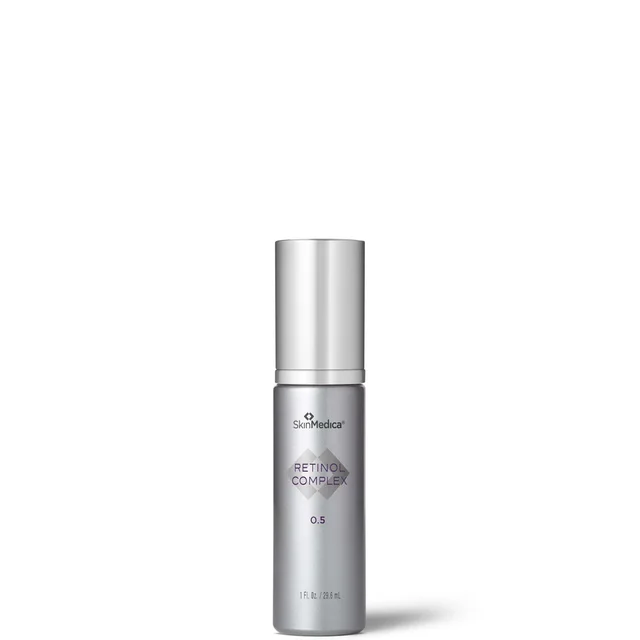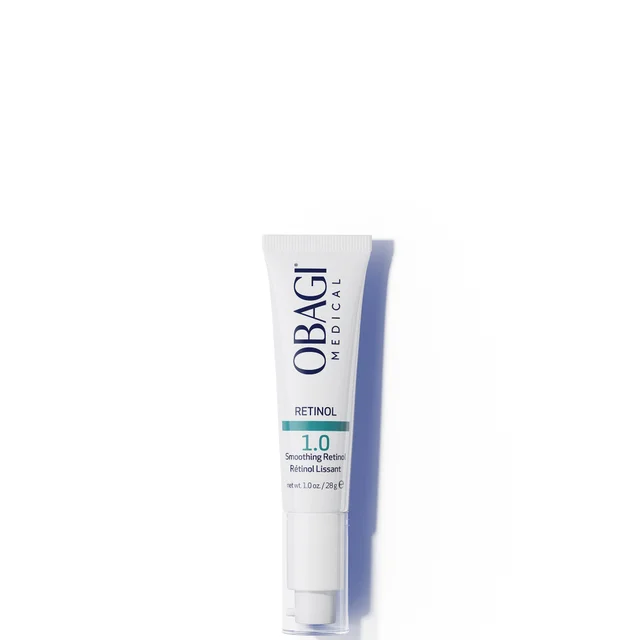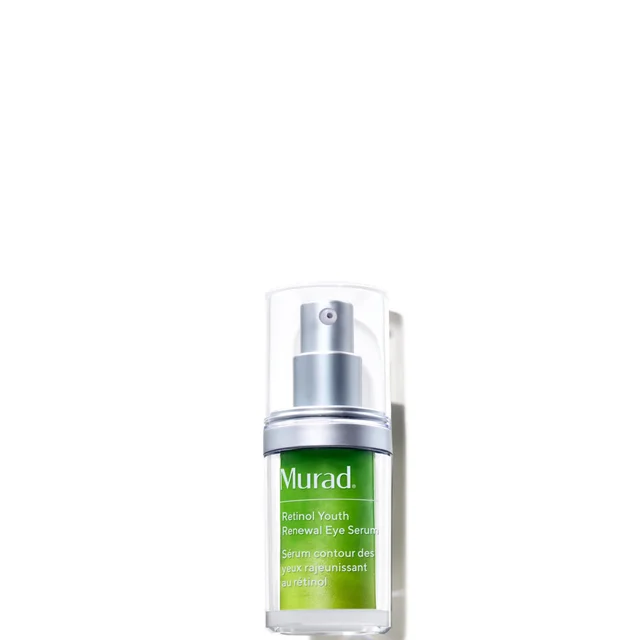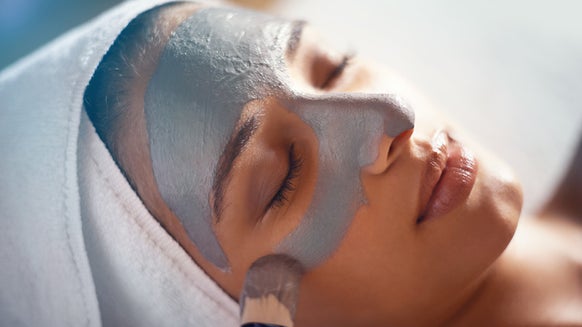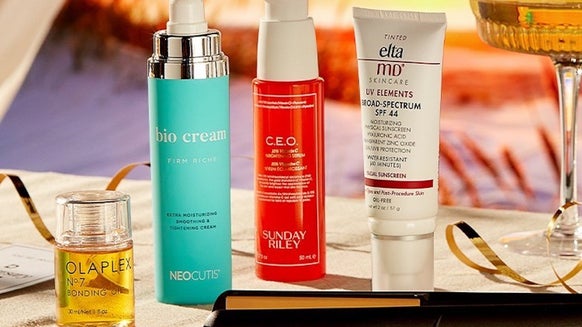What Skin Care Ingredients Can I Use Retinol With?
When it comes to anti-aging skin care, retinol needs no introduction. From banishing fine lines and wrinkles to keeping your skin clear of acne, retinol has been proven time and time again to do it all. But the good news doesn’t stop there. As it turns out, using retinol with other ingredients can have a synergistic effect and further boost its effectiveness.
“While retinoids are indeed the gold standard, there are other ingredients that can provide additional benefits and complement the action of retinoids,” explains clinical and aesthetic dermatologist Harshal Ranglani, MD. “You can target specific skin concerns using other ingredients whilst also continuing to reap the overall benefits of retinols.”
But while certain ingredients can enhance the benefits of retinol (and give you the most bang for your buck), there are specific pairings that may do the opposite—and in some cases, even lead to irritation. If you’re new to retinol, finding out which of your current faves play well with this vitamin A derivative can be tricky. So to help get you started, we asked top dermatologists and skin care experts about which ingredients work better together with retinol—and which ones you should skip.
Can I use retinol with hyaluronic acid?
As effective as retinol is in fighting the good fight against skin aging, it is not entirely without side effects. One of the most common reactions that most users experience include dryness. redness and peeling, which is why experts recommend using retinol with a moisturizing or hydrating ingredient.
Hyaluronic acid is an A-list ingredient known for its powerful hydrating and skin-soothing properties. “Hyaluronic acid is a fantastic moisturizer; it is a humectant, which draws water into the outer layers of the skin,” explains Dr. Kemunto Mokaya, a board-certified dermatologist in Houston, TX. “When you combine your retinol with a moisturizer such as hyaluronic acid, you counteract the drying effect of the retinol.”
Can I use retinol with vitamin C?
The role of vitamin C in skin care is just as crucial as retinol. As one of the best antioxidant ingredients, it has long been praised for its brightening and collagen-boosting effects. “Vitamin C provides a synergistic effect by decreasing pigment production, stimulating fibroblasts to improve collagen production as well as overall brightening the skin,” explains San Diego-based board-certified facial plastic surgeon Amir Karam.
However, using them at the same time can be too drying and irritating for some skin types, so if you plan on having both as mainstays in your daily regimen, Dr. Mokaya recommends using vitamin C in the morning and leaving retinol for your night time routine.
Keeping your use of vitamin C and retinol separate can also mean better product absorption. Vitamin C requires a low pH level for it to penetrate the skin more effectively, while retinol typically needs a higher pH level of 5.5 to 6 for optimal absorption. But if you prefer using vitamin C at night as well, Dr. Mokaya suggests applying vitamin C first and allowing your skin to absorb the product and stabilize its pH level. “You can layer retinol after vitamin C if you have waited for at least half an hour,” she adds.
Can I use retinol with niacinamide?
Like retinol, niacinamide is known for treating acne with its anti-inflammatory properties, says Dr. Ranglani. “It has also been shown to improve fine lines and wrinkles and reduce hyperpigmentation.”
Niacinamide is also widely known to help protect the skin barrier and enhance hydration, and when used together with retinol, it counteracts retinol-induced dryness. In fact, if you like layering retinol with your serums, Dr. Mokaya says it’s safe to do so with niacinamide. “They can actually be mixed together, and you don’t have to wait between layering them. Niacinamide is well-tolerated and has anti-inflammatory properties. It also works with retinols when it comes to reducing hyperpigmentation a regulating sebum production,” she explains.
Can I use retinol with salicylic acid (BHA)?
For those with acne-prone skin, chances are, salicylic acid is an ingredient that you’re familiar with. This beta hydroxy acid is prized for its ability to increase cell turnover and slough away dead skin cells to keep pores clear. But although retinol and salicylic acid are both must-have ingredients to prevent acne, using them together can be overdrying and too harsh on your skin.
“Retinol exfoliates the skin—meaning it accelerates cellular turnover—so using it with products containing hydroxy acids may lead to increased irritation,” explains Paula Morgan, a board-certified dermatologist at Buffalo Medical Group in Buffalo, NY, and medical advisor for BetterGoods.org.
If you must use AHAs, Dr. Ranglani suggests limiting their use on nights when you’re not using retinol, once or twice a week. “Even then, it’s important to not go overboard with their use as they also cause exfoliation, thus increasing the risk of peeling, sensitivity, redness and irritation,” she adds.
Can I use retinol with glycolic acid (BHA)?
Just like salicylic acid, using retinol in combination with glycolic acid is usually not recommended, says multi-specialist physician Azza Halim. “They can increase skin irritation, dryness, sensitivity and exfoliation and can thereby exacerbate the original skin conditions one is targeting,” she explains. “One should never be too aggressive nor too harsh with skin as it can then worsen fine lines and have counterproductive effects.”
In fact, according to Dr. Karam, you might want to stop using retinol for a few days to a week before using chemical peels like AHAs and BHAs. “You wouldn’t want to use them in conjunction with retinol because it would make the skin incredibly irritated and painful. It would make it harder to heal from the chemical peel,” he explains further.
Alternatively, Dr. Ranglani recommends lactic acid and polyhydroxy acids, such as lactobionic acid, in place of AHAs and BHAs. “These have hydrating and gentle exfoliating properties, thus making them a good addition to any routine. They provide the benefits of exfoliating acids without causing excessive dryness,” she adds.
How to Use Retinol with Other Ingredients for Best Results
Whether you want to add retinol to your current regimen for the first time or trying to discover the best ingredients that will take your anti-aging routine to the next level, it’s important to remember that finding the right combination of ingredients also depends on the formulations, dosages and proper application.
It’s always best to speak with your dermatologist before combining ingredients as products from different brands typically have varying formulas and dosages. As such, mixing and matching may not always give you the best results and produce the benefits you expect, says Dr. Karam.
Likewise, it’s just as crucial to know when and how often to use retinol on its own and in combination with other ingredients. According to Dr. Morgan, first-time users of retinol should use it sparingly, starting with the lowest concentration. “Start by using it once or twice a week, and gradually increase the frequency as your skin gets used to it,” she adds.
Results also come with consistency, so once your skin has built up tolerance for retinol, it’s important to stick to your routine and use it nightly. “Do not use it in the daytime as ultraviolet rays from the sun can inactivate retinols,” explains Dr. Mokaya.
And while you won’t need to completely give up other ingredients like vitamin C, AHAs and BHAs when using retinol, timing is key. Whether that means keeping their daily use separate (vitamin C during the day, retinol at night), or in the case of chemical peels, using them only on nights when you’re taking a break from retinol.
“Retinol is the gold standard when it comes to anti-aging skin care, so using it with other ingredients may amplify its effects. Additionally, using multiple anti-aging ingredients can be beneficial because they often work synergistically—that is, they have a combined effect that is greater than the sum of their individual effects. Using different ingredients can help address different signs of aging,” says Dr. Ranglani.

Janeca Racho is a Journalism graduate with over 15 years of writing experience. After getting her start in public relations and advertising, she made the switch to freelance writing and began working for various lifestyle, fashion, and travel brands. Her love for all things skincare has led her to beauty reporting and research for the last ten years. Writing for several hair and beauty blogs, she reports on anti-aging staples, trending brands and products, must-have ingredients, and health and wellness.
